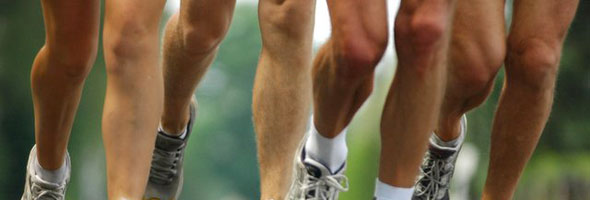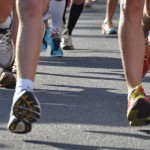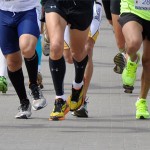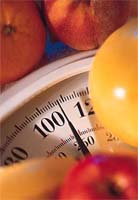
Many runners have had the experience of having a peaceful night of sleep interrupted suddenly and without warning by a severe cramp in some part of their leg or foot, and to make matters worse there is often residual pain even after the cramping has disappeared. Although these cramps happen to people of all ages, two-thirds of those over age 65 have them at one time or another.
Reasons for Leg and Foot cramps
Possible reasons for leg/foot cramps may be: poor circulation, lack of enough salt, dehydration, abnormal mineral or hormone levels, pinched nerves, alcohol or tobacco use, partially-obstructed flow of blood to the legs, nutritional deficiency, environmental toxicity or chemical sensitivity.
As people age, leg cramps become fairly common and related to reduced activity, or muscle fatigue when the muscles don’t get enough blood supply. Getting moderate regular activity during the day, or stretching the muscles before bedtime, generally reduces the likelihood of cramps during the night, as well as wall pushups which stretch the calf muscles of the leg.
Certain medicines have been reported to increase chance of cramping, as well as alcohol, sugar and caffeine. Once the muscle is cramped, the only thing to do is to stretch it out – the sooner the better. It is most helpful if the person who has the cramp can relax the leg entirely, and have someone else put the stretch on the affected muscle. One way to treat one’s own calf/foot cramp is to sit with the leg outstretched, relax the leg and use the towel as a sling to pull the toes of the foot toward oneself, or lean forward to put a stretch on the calf muscle. For continuing pain, an ice pack may help, along with massaging the affected muscle.
If you have this problem, try increasing the consumption of calcium, using 600 mg calcium (carbonate or other) up to as much as 1500 mg, at night before retiring. Magnesium citrate (400 mg up to 750 mg) can be used with the calcium, or add later after trying just the calcium. Since the magnesium may produce loose bowels, you may want to start with 100 mg and then increase to the suggested levels – or to bowel tolerance. Foods rich in magnesium are nuts, apricots, whole grains and soybeans.
Vitamins for Cramps
In addition to the calcium/magnesium, there are other recommendations that may lessen the severity of leg/foot cramps, in getting them less often or shortening the duration. Some of these can improve or alleviate the problem of cramps: vitamin E (300 IU’s/day); taking B-complex daily (including B-12); Vitamin A (10,000 units/day); potassium (100 mg/day), but this is best replaced by potassium chloride salt used liberally on foods (available in supermarket) or eating foods rich in potassium (bananas, orange juice, potatoes, etc.); folic acid (800 mcg/day), homeopathic remedies, or herbs especially for leg/foot cramps can be obtained at health food stores; magnets; tonic water (which contains a very small amount of quinine which can be helpful for cramping, but can be dangerous if receiving anticoagulant medication).
Additional suggestions: Sleep with legs bent, avoid high heels, eliminate sugar and caffeine (caffeine interferes with your body’s absorption of magnesium, and can make you feel jittery), soak feet/legs in warm/hot water or use heating pad for ten minutes before bedtime, place a pillow at the end of the bed to prop up your feet. For dehydration, drink more water, not alcohol or caffeine, because they will dehydrate the body even more. If a disorder of the circulation is responsible, then try wearing graded tension elastic support hose in bed.
Article by Dave Spence – Resident coach Cape Town
View the articles under the Injury and Treatment section:
- To reduce injury risk, you need to minimise impact
- Injury Treatment Approaches
- Leg & Foot Cramps
- Water Running
- The Gift of an Injury
- Injury prevention tips
- The best predictors of injury
- The Comeback from Injury























